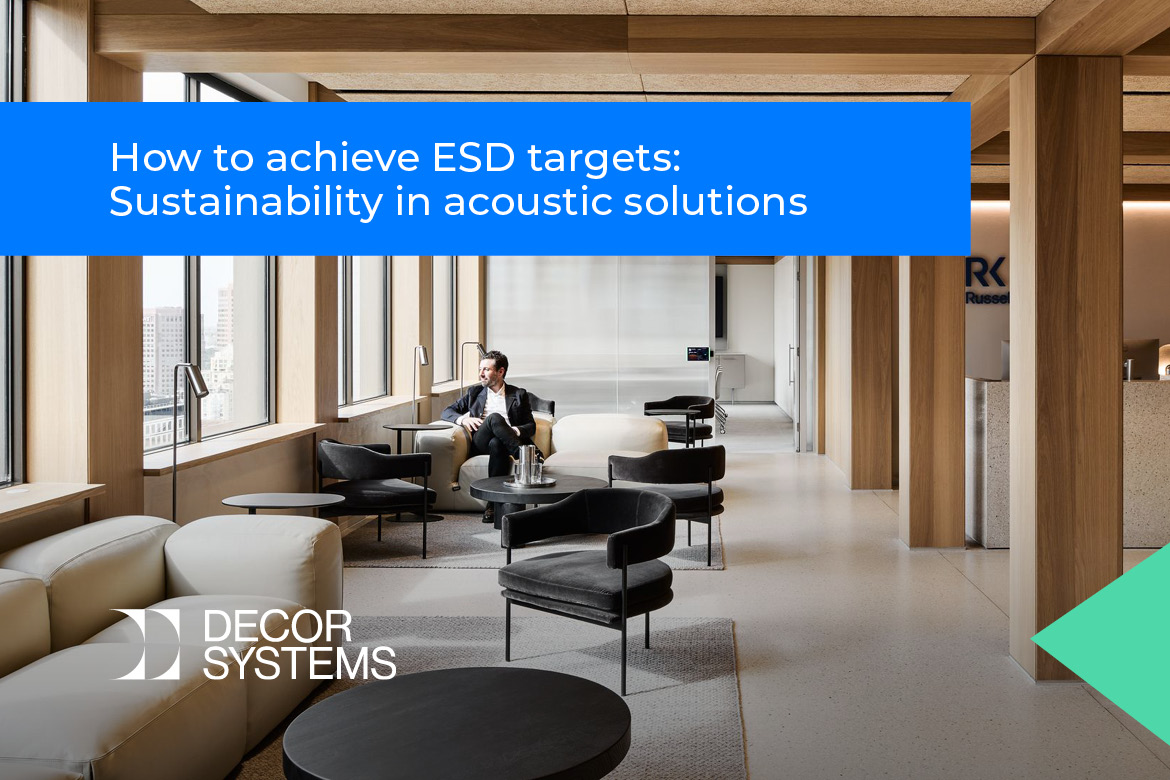How to Achieve ESD Targets – Sustainability in Acoustic Solutions

As the built environment pivots toward net-zero targets, circular economy principles and ethically responsible sourcing, the role of material specification has evolved beyond performance alone. Today, acoustic solutions must satisfy far more than sound control. From NCC 2025’s new embodied carbon disclosure requirements to the industry’s growing focus on material circularity, transparency and Indigenous engagement, the expectation is clear: every product specified must contribute to healthier buildings, lower environmental impact and socially responsible outcomes.
This presentation is designed with architects and specifiers in mind. We’ll explore how acoustic linings support ESD outcomes under frameworks like Green Star and WELL, how to interpret product certifications such as GECA, FSC® and Declare™ and what’s changing in the National Construction Code 2025, including embodied carbon disclosure and IEQ performance.
We’ll also unpack how to make informed decisions around supply chain ethics, circularity and Indigenous procurement, ensuring your projects align with modern Environmental, Social and Governance (ESG) standards and the compliance framework of the NCC.
Learning objectives
By the end of this presentation, you should have a clearer understanding of the following:
- Understand how acoustic linings support ESD goals and meet Green Star, WELL and NCC requirements.
- Specify certified sustainable materials to improve environmental and indoor air quality outcomes.
- Apply tested acoustic performance data to ensure compliance with NCC acoustic and thermal standards.
- Recognise key ESG priorities, including Net-Zero, Circular Economy and Indigenous procurement in sustainable design.
AACA NSCA Competency Standards:
PC28 PROJECT INITIATION AND CONCEPTUAL DESIGN
PC31 PROJECT INITIATION AND CONCEPTUAL DESIGN
PC33 PROJECT INITIATION AND CONCEPTUAL DESIGN
PC39 DETAILED DESIGN AND CONSTRUCTION DOCUMENTATION
Speakers

Jesse Farmar – Senior Project Consultant, Decor Systems

James Lloyd-Martin – Specifications Manager, Decor Systems
